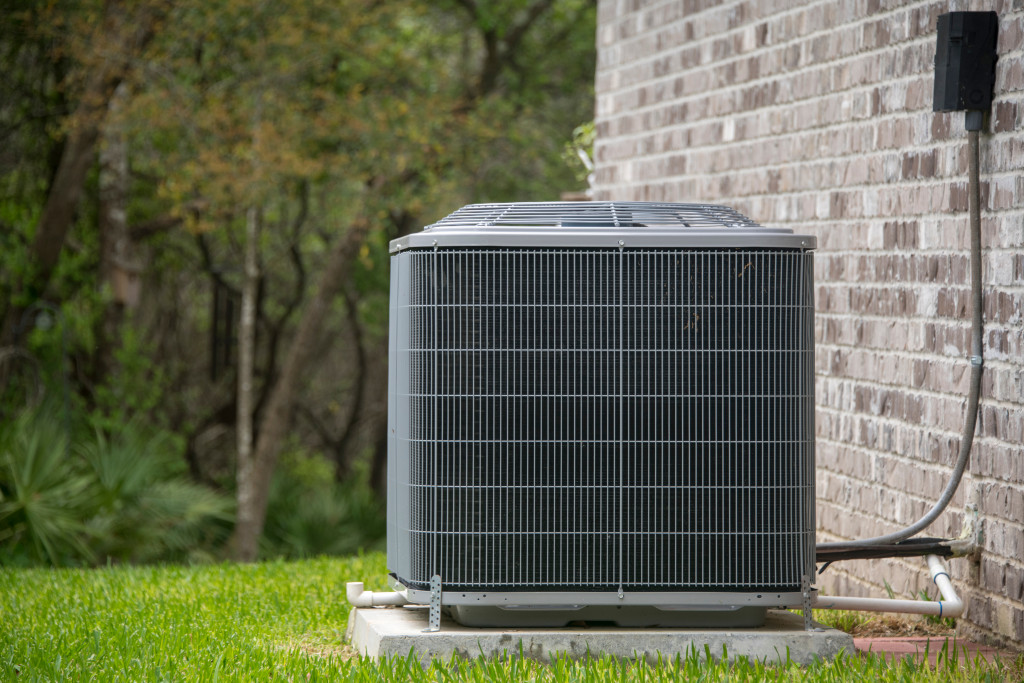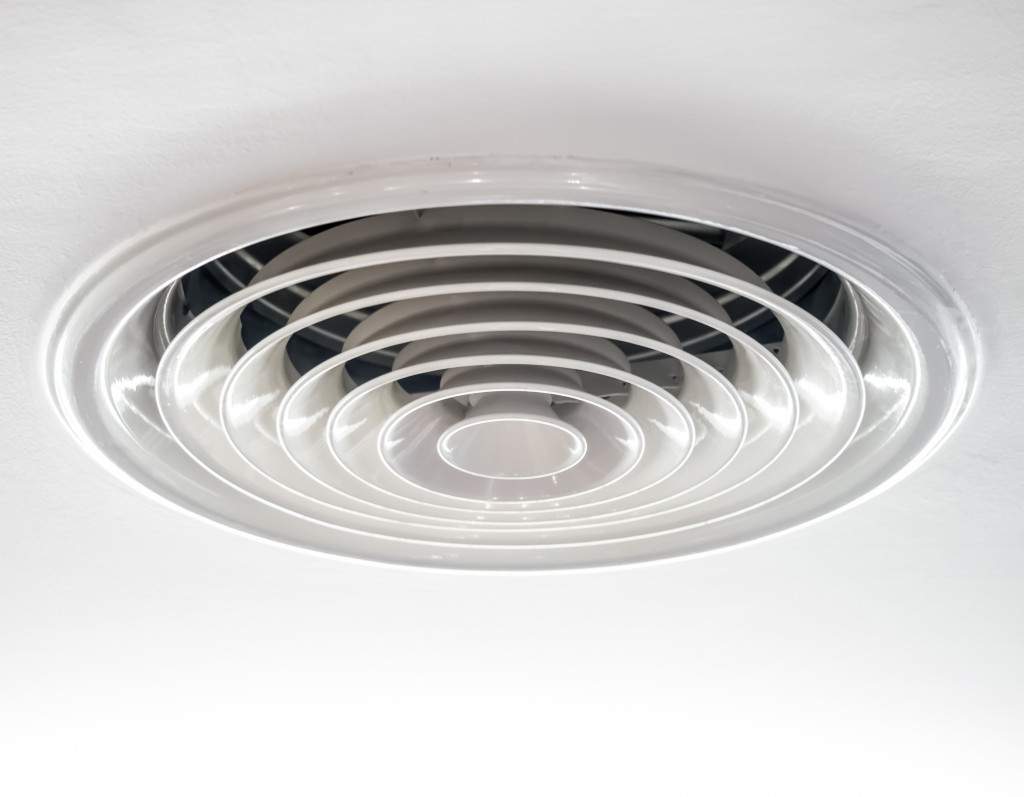- Proper ventilation during home construction is vital for avoiding health risks and significant financial costs.
- Indoor air can be more polluted than outdoor air, necessitating efficient ventilation to mitigate health issues.
- Natural and mechanical are two types of ventilation systems; the choice depends on the home’s needs.
- The correct installation of the HVAC system and the use of high-quality filters contribute to optimal air quality.
- Post-construction, homeowners must monitor indoor air quality and maintain HVAC systems for efficient ventilation.
Building a new home can be a dream come true, but it comes with its fair share of challenges. When it comes to ensuring the safety and comfort of your family members, there’s one thing that cannot be overlooked – proper ventilation. Many homeowners and builders often underestimate the importance of this crucial factor and pay a hefty price in terms of health and financial expenses. This blog post will explore why you should focus on ventilation during the building process and how to ensure it’s done correctly.
Why Is Proper Ventilation Necessary?
The air inside your home can be up to five times more polluted than the air outside, according to data from the Environmental Protection Agency (EPA). That’s because of toxins released by everyday products and activities such as cooking, cleaning, and smoking.
Poor ventilation can trap these impurities inside your home, leading to serious health risks like respiratory problems, allergies, and asthma. Moreover, proper ventilation keeps humidity levels in check, preventing mold and mildew growth, which can also cause health issues.
Types of Ventilation
There are two types of ventilation systems that you can install in your home: natural and mechanical.

Natural Ventilation
Natural ventilation relies on airflow created by open windows and doors. Many homes have natural ventilation, but it’s not always sufficient to provide fresh air. Installing ceiling fans, exhaust fans, and window fans can help increase the airflow. Some people also install new windows.
For example, classic sash windows are one of the best ventilation options since they open vertically and horizontally, allowing air to move freely. But this kind of window treatment may need secondary glazing panels to ensure airtightness and soundproofing. It will also help keep the energy bills low in the winter while still allowing fresh air to enter the home when needed.
Mechanical Ventilation
Mechanical ventilation systems are typically installed when natural ventilation is insufficient or unavailable. These systems involve fans actively pushing stale air out and pulling fresh air into your home. You can choose from several types, such as whole-house ventilation systems and heat recovery ventilators.
Make Sure the HVAC System Is Installed Correctly
During home construction, steps must be taken to position the HVAC system for maximum efficiency correctly. This not only helps with temperature control but also optimal airflow. Ductwork should be run through areas with the least resistance, avoiding places like closets and attics. The installation of the HVAC system should also consider the location of the air registers and return vents, which should be strategically placed for optimal circulation.

Insist on High-Quality Filters
Air filters play a crucial role in trapping airborne pollutants. It’s essential to use high-quality filters to remove microscopic particles from the air. HEPA filters capture a minimum of 99.97% of particles that are 0.3 microns wide or larger. Filters must be changed regularly, and homeowners should adhere to manufacturers’ recommended schedules to ensure optimal air quality.
Keep an Eye on Indoor Air Quality Post-Constriction
Air quality isn’t something that remains constant. Several factors influence it, such as the number of people living in the home, humidity levels, outdoor pollutants, and HVAC system usage. Once the construction is complete, homeowners should monitor air quality through various methods:
Installing an indoor air quality monitor.
Many products on the market can detect airborne pollutants and alert you when levels become too high. Look for certified products, such as those from the Environmental Protection Agency (EPA).
Scheduling regular HVAC inspections and maintenance.
Having your HVAC system serviced regularly is essential to its longevity and efficiency. The technician should use special tools to measure air pressure, temperature, humidity, and other factors to ensure it’s working correctly.
Keeping windows and doors closed when necessary.
If your home has natural ventilation, open the windows when the air quality is good. When outdoor air pollution reaches unhealthy levels, it’s best to keep your home sealed off and use fans or air purifiers for ventilation. You can also invest in an air-tight door seal to minimize the infiltration of pollutants into your home.
There is no understating of the importance of proper ventilation during home construction. By taking the time and allocating the resources to ensure adequate ventilation measures, homeowners and builders can prevent significant health hazards and long-term damage to their homes, finances, and investments. So, don’t suffocate in your own home; ensure proper ventilation measures during construction.
